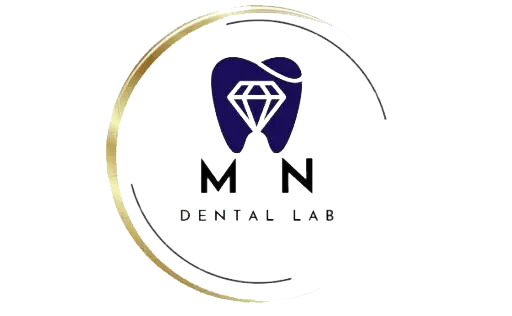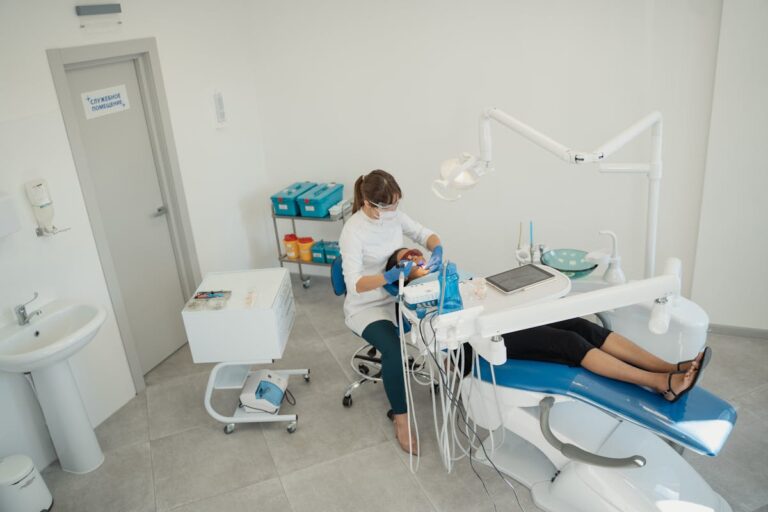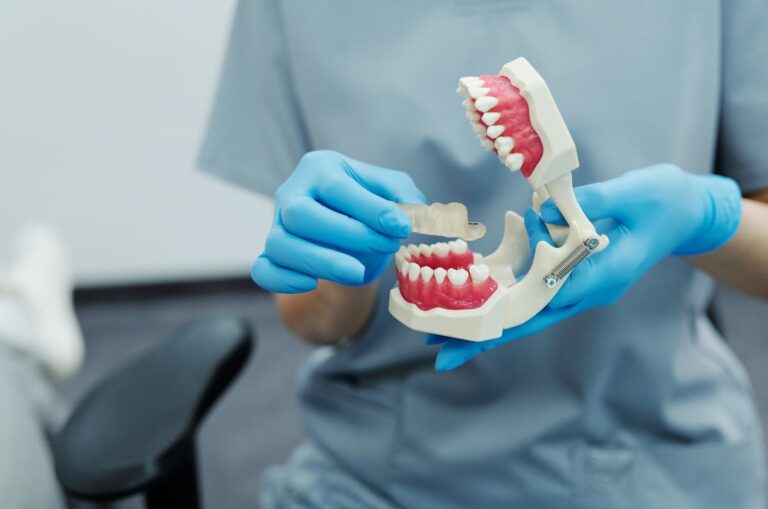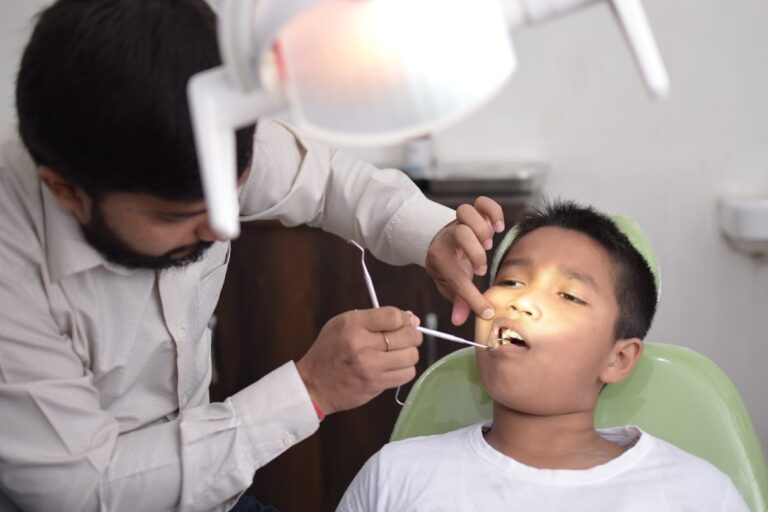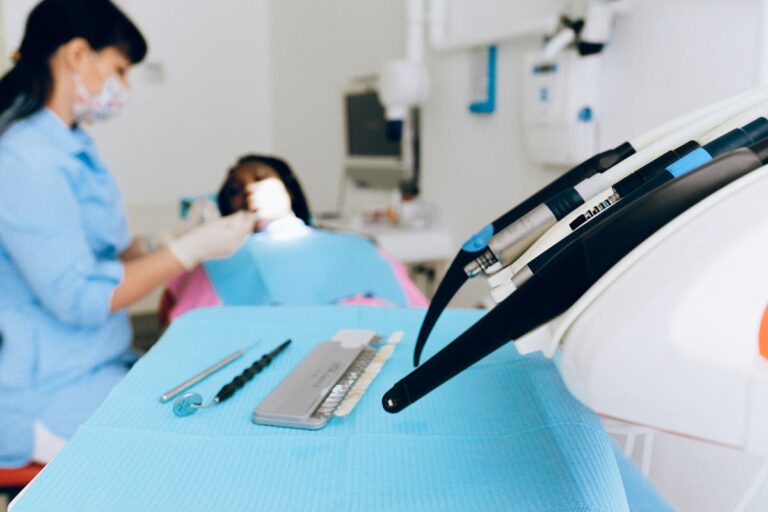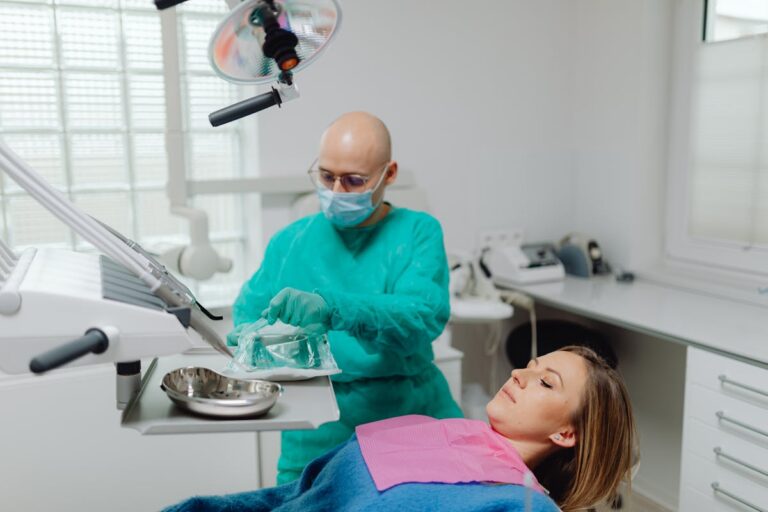In recent years, Minnesota has seen a surge in clinics offering full-mouth rehabilitation services, providing a thorough, multi-pronged approach to oral health restoration. These procedures can address a variety of dental issues, from missing or damaged teeth to misaligned bites, with the ultimate aim of enhancing both function and aesthetic appeal. What are the factors driving this trend? How do these clinics devise personalized treatment plans, and what technologies are they utilizing? As we explore the answers to these questions, we might gain a deeper understanding of the state’s dental healthcare landscape.
Understanding Full-Mouth Rehabilitation
While many people may not be familiar with the term, full-mouth rehabilitation refers to a thorough, multidisciplinary approach to restore all or most of the teeth in both the upper and lower jaws. This process is typically designed to address multiple oral health issues simultaneously. Full-mouth rehabilitation often involves a series of treatments, including fillings, crowns, bridges, implants, and sometimes even orthodontic procedures.
Patient experiences during full-mouth rehabilitation can vary greatly, depending on the complexity of their situation. Treatment timelines also range widely, from a few months to more than a year, depending on the extent of the dental issues and the specific treatments required. Despite the lengthy process, patients often report significant improvements in oral health and aesthetics, making the journey worthwhile.
Conditions Necessitating Full-Mouth Rehabilitation
Full-mouth rehabilitation becomes necessary under specific dental problems that affect the overall oral health and function. These conditions often range from extensive tooth decay, periodontal disease, to severe tooth loss, all of which require thorough treatment plans. In the subsequent discussion, we will explore common scenarios where full-mouth rehabilitation becomes an essential solution to restore the patient’s oral health.
Identifying Dental Problems
How does one identify the need for full-mouth rehabilitation? The process begins with recognizing specific dental symptoms. Persistent toothaches, frequent mouth sores, gum inflammation, and excessive tooth wear are among the signs that may indicate severe oral health issues. However, self-diagnosis is not encouraged. Instead, professional oral assessments conducted by a qualified dentist are necessary to accurately identify the extent of the problem. These assessments include thorough dental exams, X-rays, and 3D images. The dentist then evaluates these results to determine the patient’s dental status. If multiple oral health issues are found across the mouth, full-mouth rehabilitation might be suggested. This procedure is recommended to restore both function and aesthetics, leading to an improved quality of life.
Common Rehabilitation Scenarios
Given the range of dental issues that can necessitate full-mouth rehabilitation, it is essential to understand the common scenarios that may warrant such thorough dental treatment. Severe decay, gum disease, or traumatic injury to the mouth often result in extensive damage, requiring advanced rehabilitation techniques to restore dental health. Additionally, patients with congenital dental disorders or those who have experienced significant wear due to bruxism (teeth grinding), acid erosion or age-related factors are ideal candidates. Aligning patient expectations with achievable outcomes is critical in these scenarios. Consequently, a detailed examination and treatment plan that considers the patient’s dental history, current condition, and future needs are fundamental in successful full-mouth rehabilitation.
Pre-Rehabilitation Examination Procedures
An essential step in full-mouth rehabilitation process is the pre-rehabilitation examination procedure. This involves initial assessments that seek to understand the patient’s overall oral health status. It includes an evaluation of the patient’s dental history, a thorough oral examination, and an exhaustive health review.
Through these assessments, dental professionals gain insight into existing oral conditions, potential risk factors, and the patient’s dental needs and goals. Central to this process is the use of diagnostic imaging. Techniques such as X-rays and CT scans provide a detailed view of the patient’s mouth structure, identifying issues like tooth decay, gum disease, or bone loss. This data is critical in formulating a personalized and effective full-mouth rehabilitation plan. This meticulous procedure guarantees patients receive the most suitable care for their unique situation.
Common Procedures in Full-Mouth Rehabilitation
While a patient’s specific needs will determine the exact procedures involved in their full-mouth rehabilitation, there are several common treatments that are frequently utilized. Dental implants, an essential component of many rehabilitation plans, replace missing teeth with artificial ones that look, feel, and function like natural teeth. This not only improves oral health but can also contribute to a thorough smile makeover. This makeover often involves procedures such as porcelain veneers for discolored or chipped teeth, crowns for weakened or damaged teeth, and orthodontics to correct misaligned teeth or bite issues. Every procedure is thoughtfully integrated into a customized plan, ensuring the patient’s mouth is restored to ideal health, function, and aesthetics. The ultimate goal is to enhance the patient’s quality of life through improved dental health.
Benefits of Full-Mouth Rehabilitation
Full-mouth rehabilitation offers a myriad of benefits, with the enhancement of oral health and improvement of aesthetic appeal being paramount. A thorough approach to dental care, it addresses multiple oral health issues simultaneously, resulting in an overall healthier mouth. In addition, the aesthetic benefits, such as a balanced, symmetrical smile, can contribute to an individual’s self-esteem and overall quality of life.
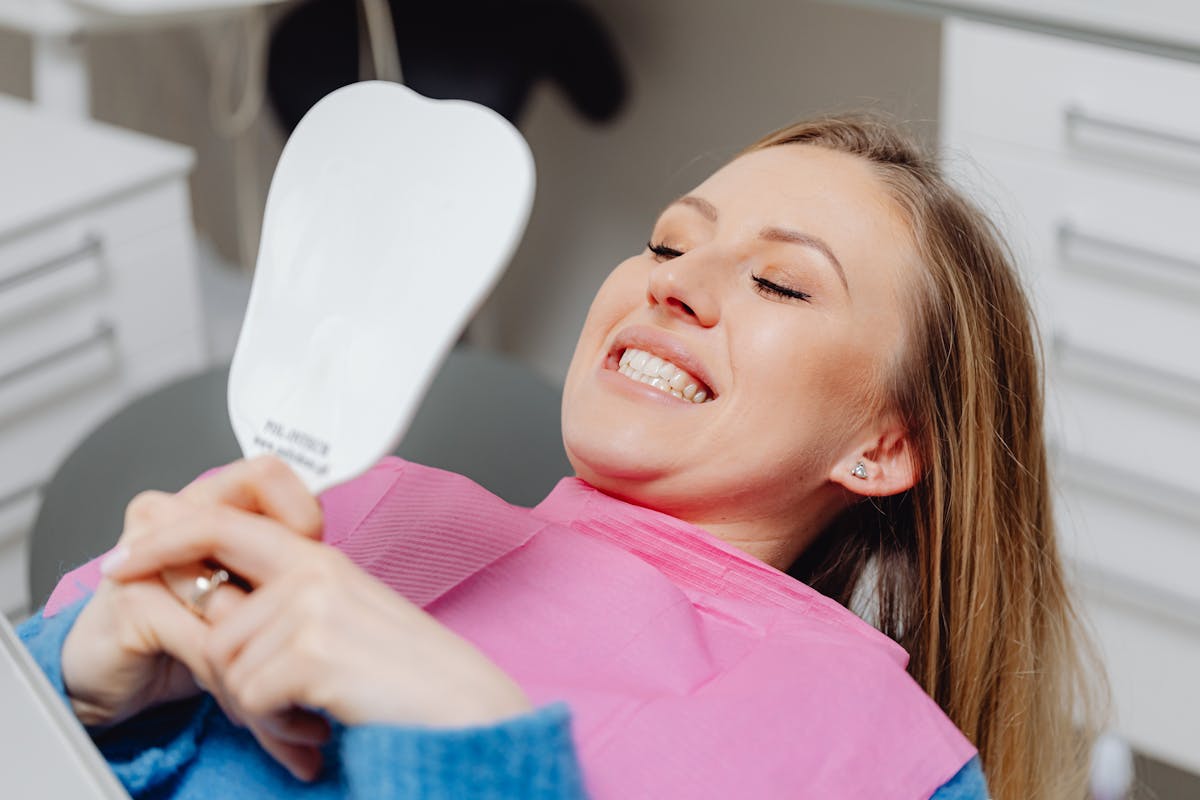
Enhancing Oral Health
In order to maintain ideal oral health, full-mouth rehabilitation offers a thorough solution. This extensive approach not only treats existing dental issues but also emphasizes oral hygiene and preventive care. By addressing all areas of the mouth, this treatment can halt the progression of dental diseases and prevent future problems. Regular cleaning, scaling and root planing, as part of the rehabilitation, greatly improve oral hygiene by reducing plaque and tartar build-up. Educational sessions on proper brushing and flossing techniques, coupled with dietary advice, form the backbone of preventive care. Full-mouth rehabilitation consequently enhances oral health by creating a sustainable environment for healthy teeth and gums, greatly reducing the risk of future dental complications.
Improved Aesthetic Appeal
Ever considered how a radiant smile can considerably boost your confidence? Full-mouth rehabilitation services, offered by various MN clinics, can do just that. By harnessing the transformative power of cosmetic dentistry, patients experience an improved aesthetic appeal leading to increased self-esteem. A smile transformation is more than just a physical alteration; it’s a psychological upliftment. Cosmetic dentistry uses cutting-edge techniques and materials, resulting in natural-looking teeth that are virtually indistinguishable from the real ones. This extensive approach not only enhances your smile but also optimizes oral health. Full-mouth rehabilitation consequently offers a dual advantage – it rectifies functional issues and creates a beautiful, self-assured smile that shines with renewed confidence.
Top MN Clinics Offering Rehabilitation Services
Although several dental clinics in Minnesota may offer a variety of services, a select few exceed expectations when it comes to full-mouth rehabilitation. Among the top rehabilitation clinics, Park Dental, Smile Design Dentistry, and The Dental Specialists have been recognized for their exceptional services. These clinics employ state-of-the-art technology and experienced professionals to guarantee peak results. Their services range from correcting bite issues, replacing missing teeth, to treating gum diseases. In addition, these clinics take pride in their high patient satisfaction rates, which is a reflection of their commitment towards quality care. These clinics guarantee a thorough approach towards full-mouth rehabilitation, making them a preferred choice for many Minnesota residents.
Patient Stories: Full-Mouth Rehabilitation Successes
Drawing from the high patient satisfaction rates of top Minnesota clinics, it is evident that numerous individuals have experienced the transformative effects of full-mouth rehabilitation. Patient testimonials highlight the life-changing impact these treatments have had, restoring not only dental health but also self-confidence. Success stories often detail patients’ initial struggles with severe dental issues, leading to their journey towards full-mouth rehabilitation. These narratives underscore the thorough approach taken by MN clinics, addressing both aesthetic and functional aspects of oral health. The quality of care, combined with cutting-edge technologies, has resulted in markedly improved patient outcomes. Each story reaffirms the efficacy of these services, providing a proof of the extensive rehabilitation capabilities of Minnesota’s top clinics.
Frequently Asked Questions
What Is the Average Cost of Full-Mouth Rehabilitation in Minnesota?
The average expenses for an extensive oral restoration vary considerably, typically ranging between $15,000 to $45,000. Although costly, many dental clinics offer various financing options to make these essential services more affordable for patients.
How Long Would a Full-Mouth Rehabilitation Procedure Typically Take?
The duration of a full-mouth rehabilitation procedure varies depending on individual dental conditions but generally spans several months. This treatment timeline includes various procedure stages such as consultation, planning, and multiple restorative processes.
Does Insurance Typically Cover Full-Mouth Rehabilitation?
Insurance coverage for full-mouth rehabilitation varies by policy. Dental benefits may partially or fully cover the procedure depending on the insurance provider’s terms. It is crucial to review your policy or consult with your provider for specifics.
What Are the Potential Risks or Side Effects of Full-Mouth Rehabilitation?
Potential risks of full-mouth rehabilitation may include infection, sensitivity, and discomfort. Complications overview suggests gum disease, nerve damage, or temporary speech changes. Patient experiences vary considerably depending on the individual’s oral health and response to treatment.
How to Maintain Oral Health After Full-Mouth Rehabilitation?
Maintaining oral health post-rehabilitation requires diligent oral hygiene practices, including regular brushing and flossing. Regular dental check-ups are essential to monitor oral health and address any potential issues promptly, ensuring long-term success of the rehabilitation.
